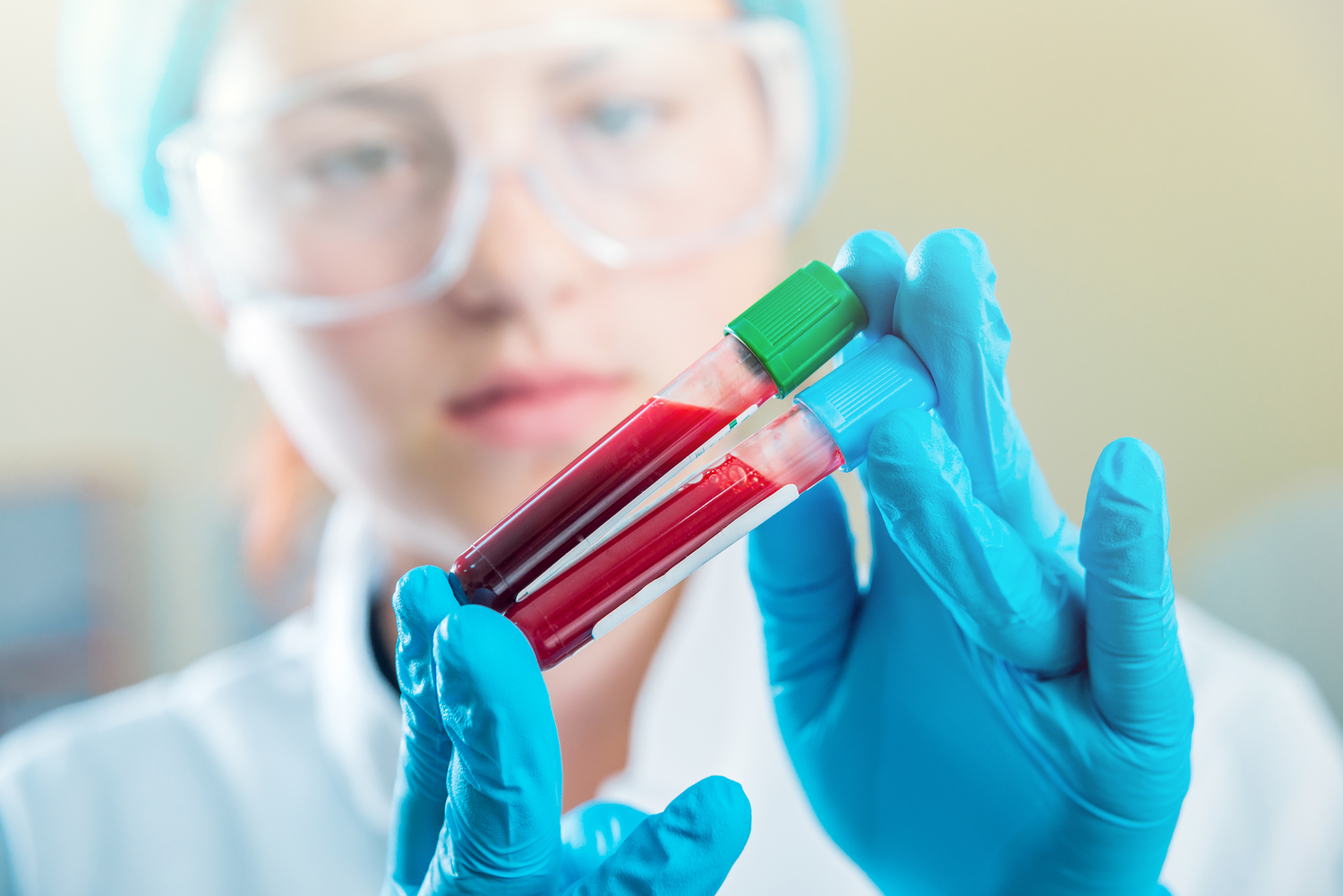Types And Treatments Of Blood Cancer
Types and treatments of blood cancer
It is common knowledge that oxygen, nutrients and other essentials are delivered to different parts of our bodies through the bloodstream. Furthermore, it transports backs various metabolic wastes produced by the cells. Blood cancer is when these functions cannot be carried out as per normal due to an abnormal production of cells in the blood. Following is some important information about this disease.
What is blood cancer?
- It is a state where the normal functioning of blood cells gets impeded.
- It is an ailment which weakens the blood cells and obstructs normal body functioning.

What are the symptoms of blood cancer?
The prime symptoms of blood cancer include:
- Excessive cold and fever
- Weakness and persistent fatigue
- Swollen lymph nodes in the neck, underarms, and groin
- Pain across the joints and bones
- Unbearable headaches
- Nausea, vomiting, and loss of appetite
- Weight loss
- Sweating during nights
- Abdominal discomfort
- Shortness of breath
- Skin rash, itchy skin, and frequent infections
What are the types of blood cancer?
Medical science has identified four types of blood cancers, which form in the human body. They are:
- Leukemia
- Anemia
- Lymphoma
- Multiple myeloma
What are the symptoms of leukemia?
- Leukemia increases the lifetime of the white blood corpuscles, causing them to grow out of control.
- During leukemia, white blood cells lose the ability to fight infections.
- Excessive fever and sickness are the key characteristics of this type of blood cancer.
What is anemia?
- Anemia is a condition when the body fails to produce the required amount of red blood cells for the body.
- With anaemia, blood loses its clotting power due to the decrease of platelets.
- A combination of chest pain, dizziness, pale skin, shortness of breath, feeling tired, and weakness are the key symptoms of anemia.
- Anemia can lead to heavy period blood flow in women.
- Patients with anemia develop red dots of broken blood vessels.
- In anemia, the blood cells become too weak and fail to fight infections. This leads to tonsils, lymph nodes, and swollen spleens.
- Night sweats and heavy fever are also symptomatic of blood cancer.
- In a critical state, cancer cells develop in the bone marrow. This results in severe bone pain.
What are some of the key symptoms of lymphoma?
- The white blood cells called lymphocytes get affected by this type of blood cancer. They play a key role in fighting infections by clearing body wastes.
- In lymphoma, the growth of lymphocytes become uncontrolled and they fail to fight body infections.
- Swollen lymph nodes are the prime symptoms of this type of blood cancer.
- In lymphoma, lumps grow across the armpits and neck.
- Lymph nodes can create breathing problems by growing into the blood vessels. This can result in pain across the bones, belly, and chest.
- Some of the other symptoms of Lymphoma include tiredness, speedy weight loss, and itchy skin.
What are the characteristics of multiple myeloma?
- It originates in the bone marrow and affects the plasma cells.
- Plasma cells are one of the disease-fighting blood cells found in the human body.
- As a prime symptom, plasma cells release toxic chemicals, which hurts the internal organs.
- Multiple myeloma also results in severe and long-lasting pains in the bones, causing them to grow weak.
What are the treatments for blood cancer?
The treatments for blood cancer vary based on the patient’s age, type of blood cancer, and the cancer stage. Below are few of the commonly adopted blood cancer treatments.
- Radiation therapy : It helps in destroying the cancer cells from the body and relieves discomfort and pain.
- Transplant of stem cells : To increase the production of fresh blood cells, stem cells are infused into the human body. The stem cells are collected from bone marrow.
- Chemotherapy : Chemotherapy is a type of anticancer drug, which retards the growth of the cancer cells.

